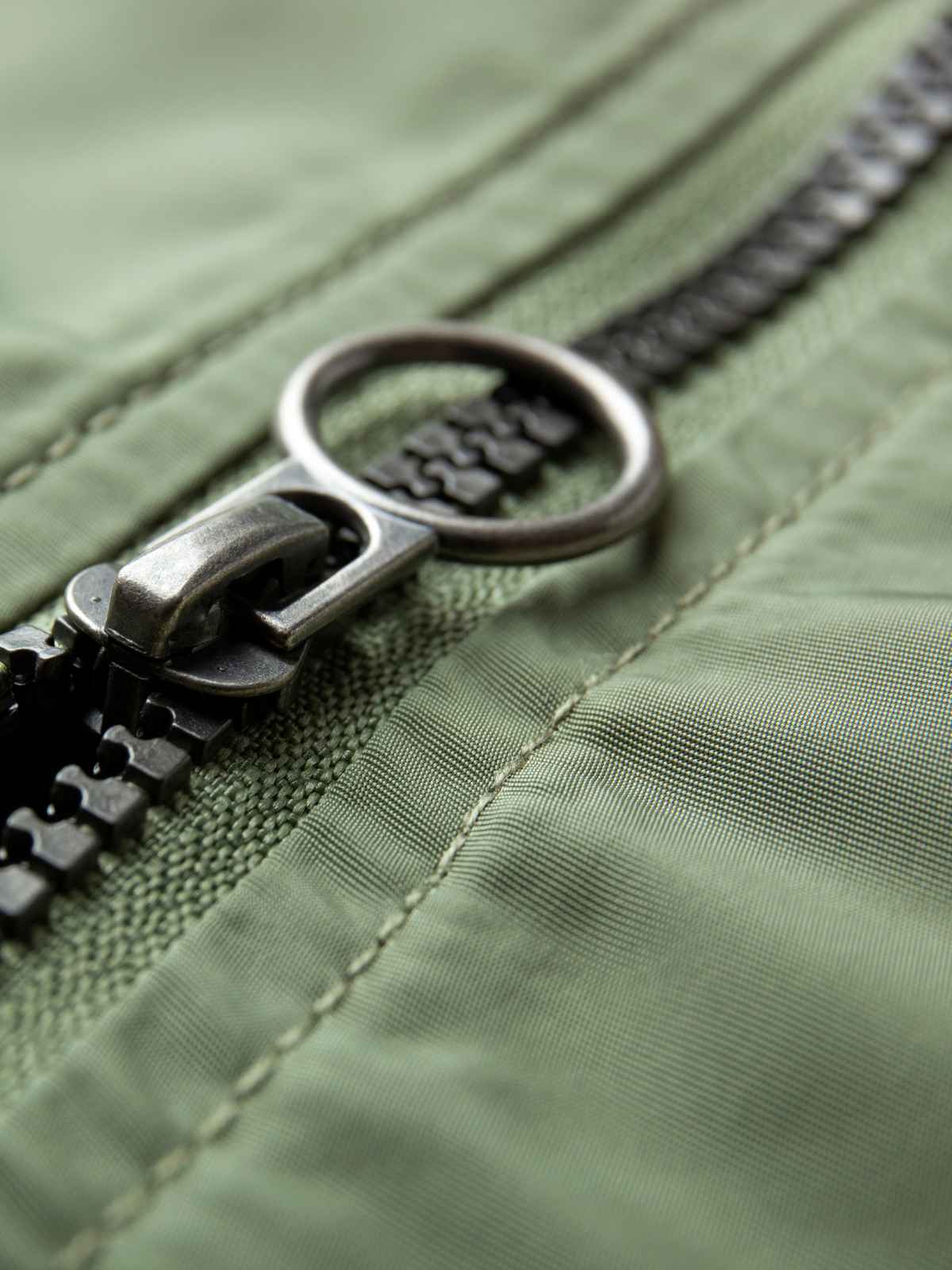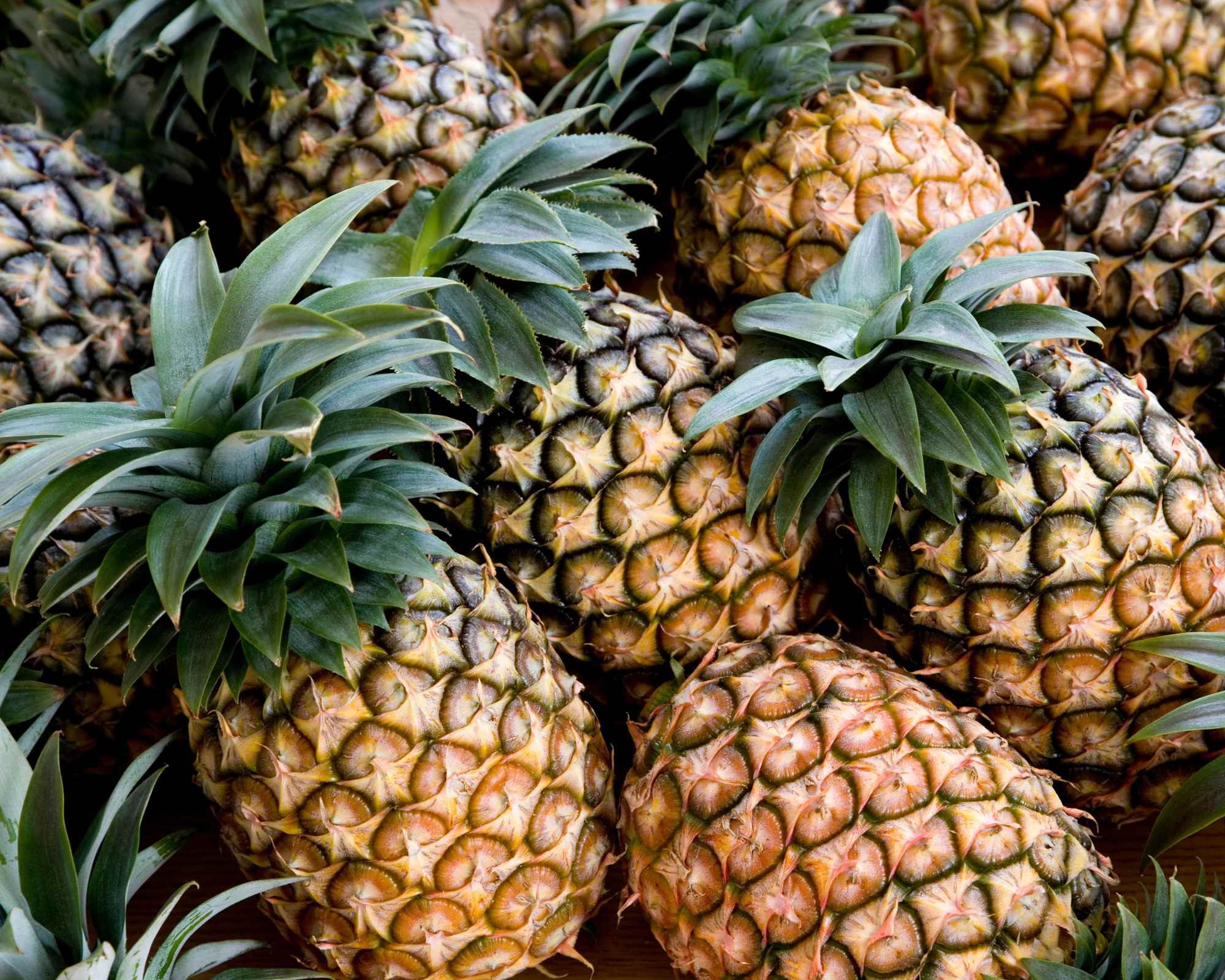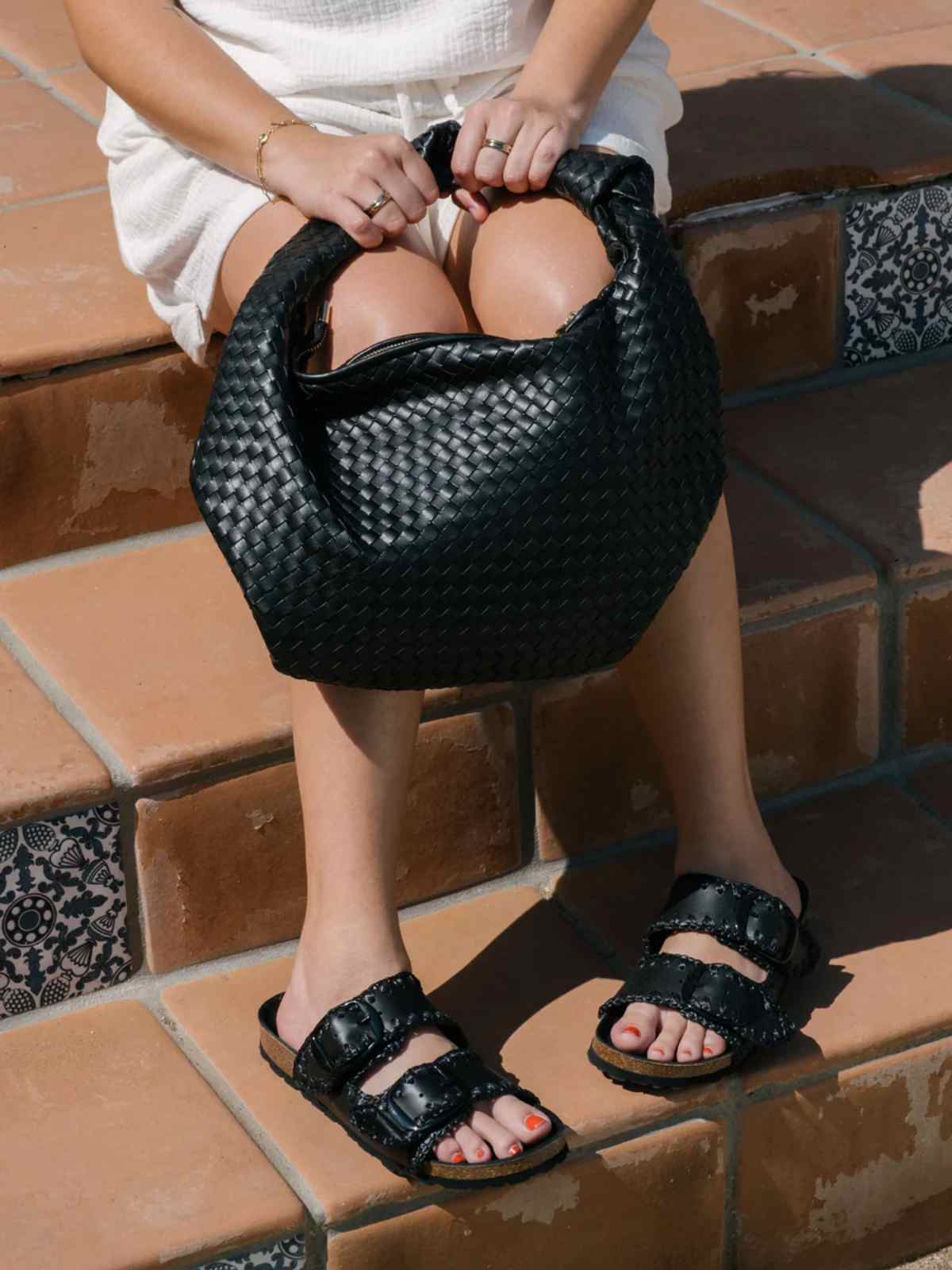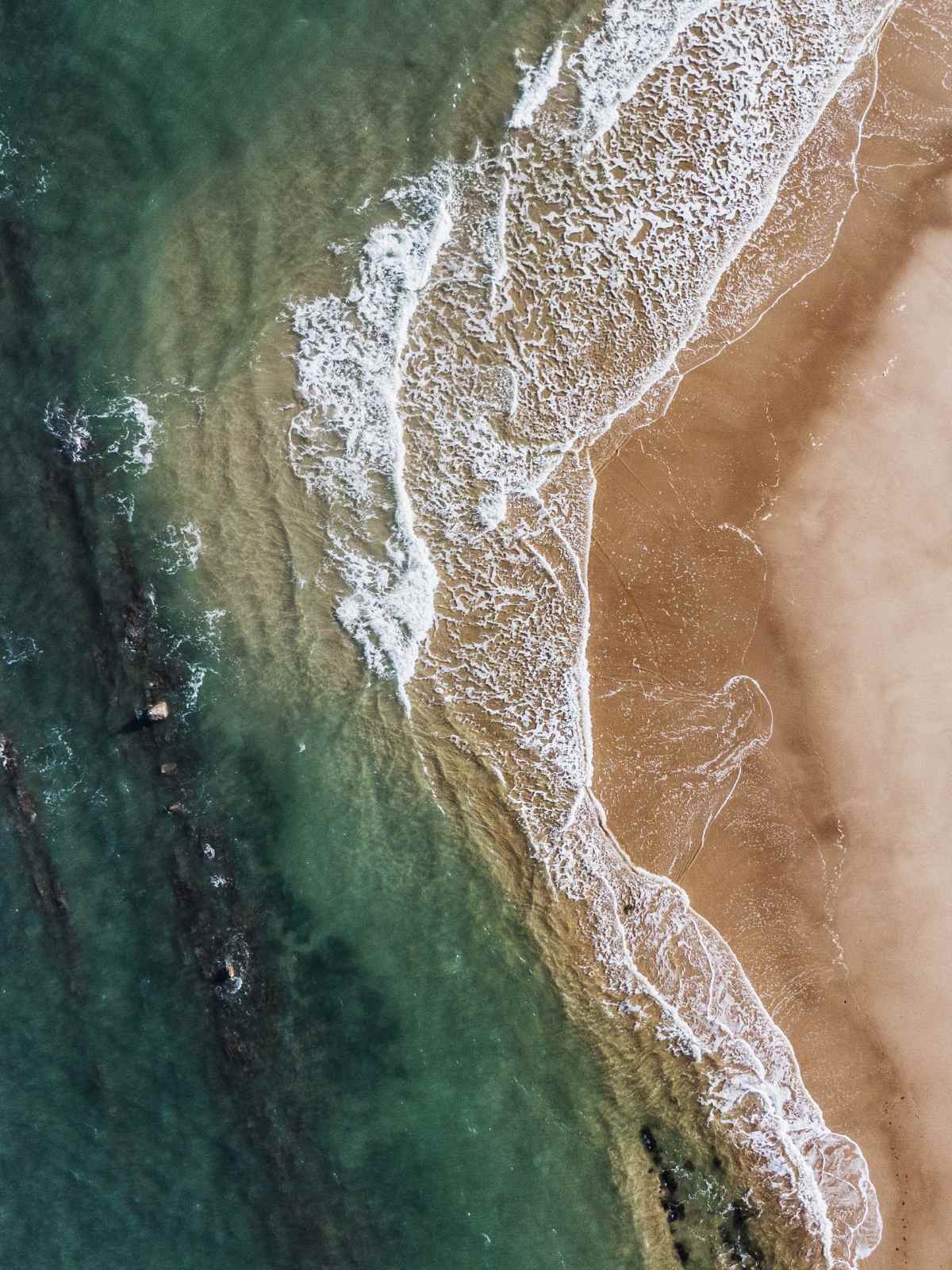Created with cradle-to-cradle principles in mind, Piñatex is a pineapple leaf-based material that looks and feels like leather. But is it more sustainable than the animal hides it’s designed to replace?
What is Piñatex?
Piñatex is a coated, pineapple leaf-based material manufactured by Ananas Anam as an alternative to leather. It can be used for bags, shoes, and outerwear, and has good strength and water resistance.
Its creator, Carmen Hijosa—a former consultant in the leather fashion accessories industry—coined the idea for Piñatex after a trip to the Philippines where she witnessed the appalling working conditions in leather tanneries.
Hijosa was inspired by the locals’ use of Piña—a material made from woven pineapple leaves. Piña is a sheer, lace-like fabric traditionally used in the making of the Philippine garment barong tagalog as long ago as the 17th century when pineapples were introduced to the country (and perhaps even earlier using banana leaves). Today, Piña is recognised on UNESCO’s Intangible Cultural Heritage List.
How is Piñatex made?
Long fibres derived from pineapple leaves are dried in the sun, and, in contrast to the lightweight woven Piña material, a felting method is then employed to create a dense base material known as Piñafelt that can be compared to leather in its weight. It’s important to note that this felting process requires polylactic acid (PLA) to bind the fibres together, which is a type of plastic and therefore won’t biodegrade without industrial processing.
Once the Piñafelt felt is made, a series of special finishes or coatings can be applied to create Piñatex or any of the other commercial materials Ananas Anam offers.
Is Piñatex as sustainable as it sounds?
Since the pineapple leaves used in Piñatex are a byproduct of fruit production (Ananas Anam has partnered with Dole to receive the waste leaves), no additional fuel or land is needed to produce them.
At this level, Piñatex also supports local farming communities as they receive additional income from something that would have otherwise been burned or trashed. What’s more, once the fibres required to make Piñatex are stripped from the pineapple leaves, the leftover biomass can be used to create fertiliser or bio-fuel. The leaf fibres are processed at factories local to the farms they were grown on, which helps to minimise the carbon footprint associated with shipping raw materials.
According to Ananas Anam, the fabric’s base material Piñafelt is only biodegradable under controlled industry conditions because, as we mentioned earlier, it’s made using polylactic acid (PLA). In fact, 20% of the base material is PLA, while the rest is pineapple leaf fibres.
The final Piñatex material is also coated with a REACH-compliant polyurethane (PU) resin, and while it is water-based, it is also a type of plastic that won’t easily biodegrade.
This represents one of the biggest challenges facing the alternative leather industry at the moment: manufacturers’ continued reliance on plastic to add durability or special finishes to materials.
Over the years, Ananas Anam has slowly worked to reduce the amount of plastic in Piñatex’s production: “We have optimised the maximum amount of bio-based PU we can use while still ensuring longevity to our materials,” it explains. And while using a smaller amount of plastic is certainly better than conventional synthetic fabrics made entirely from plastic, the fact is that there are few examples of viable, long-lasting leather alternatives being manufactured at scale that are entirely plant-based.
As for whether Piñatex is sustainable—well, there is no “perfect” sustainable material because they all ask us to make a trade-off of some sort. Piñatex is significantly better for animal welfare than leather, but reports suggest it won’t last as long (roughly three to four years), or be as durable (submerging it in water will cause significant damage).
Ultimately, Piñatex represents a step away from animal-based leather and a marker of progress in the field of next-generation materials. Good On You’s fashion ratings manager Kate Hobson-Lloyd says that “while Piñatex is not formally classified as lower-impact material in the Good On You methodology, we do recognise it as a novel material and capture this within the methodology. Before we classify a new material as lower-impact, we need to consult a life cycle assessment (LCA). The vast majority of leather alternatives and other novel materials haven’t yet had LCAs conducted, but we’re always on the lookout for them.”
Which brands use Piñatex?
“Good” brands Mashu, BEEN London, Svala, ID.Eight, and NAE have all incorporated Piñatex in their collections, as well as H&M, Sézane, and Paul Smith. The latter are all rated “Not Good Enough” by our experts and there are clearly sustainability issues within their businesses that need improvement. But these brands have significant purchasing power and influence over the fashion industry thanks to their popularity and global presence, and they have an exciting opportunity to lead by example in switching to what could be lower-impact leather alternatives, and helping to drive the research into how viable those materials are. Let’s hope they continue to do so.




















